
Resilient Home Design: What is It?
Last Updated: Apr 7, 2025Sustainable construction methods are supposed to reduce energy consumption and greenhouse gas emissions, improve indoor air quality, and sustainably source materials for our homes. Best practices and technologies can undoubtedly achieve some of these lofty goals. But, sustainable homes also offer another critical and palpable benefit for homeowners everywhere: resiliency.
Table of Contents
- What Is Resiliency?
- Our Increasing Vulnerability
- The Susceptibility of Modern Homes to Climate Change
- What Makes a Home Resilient?
- Bottom Line
What Is Resiliency?
Resiliency is the capacity to recover quickly from difficulties or moments of crisis
Climate change is a reality that we now must collectively face, but how those rising temperatures will affect our livelihoods is still debatable. Sustainable housing alternatives will help us collectively reduce our carbon emissions to limit the long-term, potentially devastating effects of climate change. Sustainable construction methods can help safeguard homeowners from extreme weather events. So, green homes are also resilient homes!

Our Increasing Vulnerability
The year 2017 tied a national record for weather disasters that topped 1 billion dollars in damages. At least 15 different weather events (including wildfires, tornadoes, droughts, floods, and hurricanes) cost the United States billions of dollars in weather-related damages. According to the National Oceanic and Atmospheric Administration (NOAA), the collective cost of these weather-related events (most of which were linked in some way to climate change) was upwards of 300 billion dollars.
While crop losses due to droughts and wildfires accounted for some of this total, damages to homes and properties were, by far, the most significant part of this economic damages. From homes flooded during Hurricane Harvey in Houston to homes completely burned to the ground during the California firestorm, climate change events have increased our homes' vulnerability.
On top of that, climate change also negatively affects the housing market. For example, the World Bank suggests that a 1% increase in the yearly probability of flooding is associated with a 0.6% decrease in housing prices.
The Susceptibility of Modern Homes to Climate Change
Unfortunately, most homes today are built with very little consideration for maximizing resiliency in the face of climate change's imminent effects. Home contractors often focus exclusively on maximizing the number of units built in a given space. They pay little consideration to factors like the home's angle, which could maximize the opportunity for passive solar construction and potentially keep homes warm during extended power outages.
Moreover, most homes rely almost exclusively on municipal utilities and services, including electricity, gas, water, waste, and sewer systems. If climate change were to disrupt any of these extremely long supply chains, most homeowners would be unprepared to keep their homes livable.

What Makes a Home Resilient?
Resilient design in housing focuses on the ethic or value of increasing the autonomy of a home. In other words, resilient homes attempt to limit their dependency on external inputs while supplying their energy, water, waste, and sewer disposal needs.
Resilient homes differ based on their geographical location. A resilient home in northern California will look much different from a resilient home on Texas's Gulf Coast. Each region's specific climatic conditions will largely determine the construction methods to maximize homes' resiliency in a given area. Nonetheless, there are a few characteristics shared by resilient homes everywhere.
Energy Saving Products for the Home
Shop home improvement products that help save and conserve energy (power) in your home.
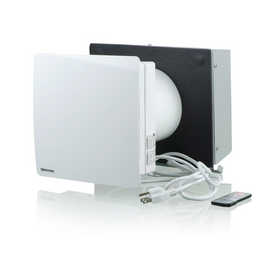
Vents TwinFresh Comfo RA1-50-2 Ductless Energy Recovery Ventilator
Vents
In Stock

Stiebel Eltron Accelera 300 E Heat Pump Water Heater
Stiebel Eltron
Out of Stock

AFM Safecoat Almighty Adhesive Case of 12
AFM Safecoat
In Stock

Emporia Classic Level 2 48 AMP EV Charger UL Listed
Emporia
In Stock
2 Colors

Stiebel Eltron CON 300-2 Premium Wall-Mounted Convection Heater - 202030
Stiebel Eltron
Out of Stock
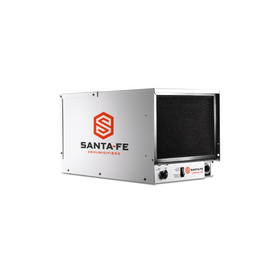
Santa Fe Compact70 Dehumidifier - 4044110
Santa Fe
In Stock
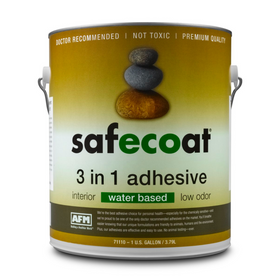
AFM Safecoat 3 in 1 Adhesive
AFM Safecoat
In Stock
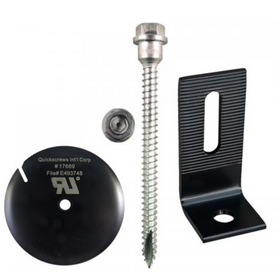
QuickBOLT QB2 with Microflashing Multi Roof Mount Solar Panel Fastener Kit
QuickBOLT
In Stock
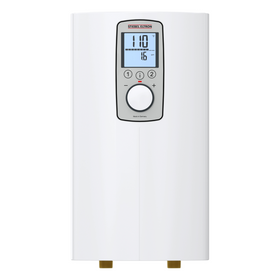
Stiebel Eltron DHC-E 8/10-2 Plus Point-of-Use Electric Tankless Water Heater - 202145
Stiebel Eltron
In Stock

Stiebel Eltron Accelera 220 E Heat Pump Water Heater
Stiebel Eltron
In Stock

Resilient Homes Rely on Rainwater Harvesting and Stormwater Management
Most homes rely on water that is pumped vast distances at a high energetic cost. The resilient home will minimize its dependence on these distant water sources, which often can be in short supply. Through rainwater catchment systems and effective stormwater management, homeowners can ensure that they will always have a source of fresh, potable water. Large cisterns can store water for household use throughout the year while managing stormwater around your home. An added benefit is that by infiltrating that water into the landscape through bioswales, you are helping recharge your local groundwater table.
Resilient Homes Reinforce the Strength and Structure of the Building
The resilient home will also be prepared for the more frequent superstorms that many climate scientists predict. Through the use of tie-downs such as metal strapping and hangers, homeowners can create a solid connection from the roof to the foundation to keep their home safe from strong winds and seismic forces. Also, storm-proof windows with impact glass can increase your home's energy efficiency and do a better job of protecting the home from water and wind entering during hurricanes, tornadoes, or other dangerous wind storms. Reinforced wood framing and insulated concrete forms are two techniques that can ensure a stable home structure that can withstand more of nature's elements.
Tobias Roberts
Tobias runs an agroecology farm and a natural building collective in the mountains of El Salvador. He specializes in earthen construction methods and uses permaculture design methods to integrate structures into the sustainability of the landscape.



